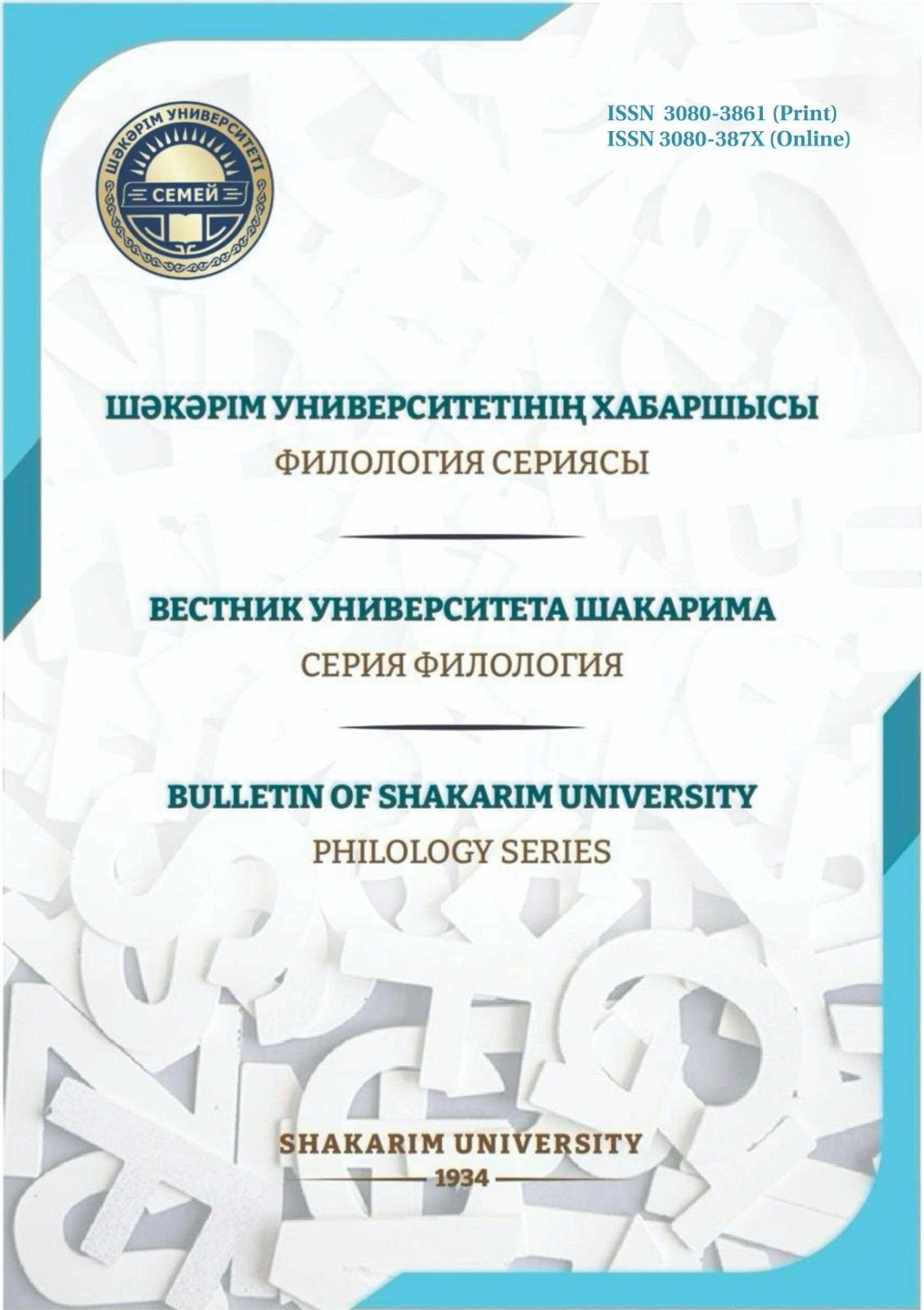НАУЧНО-МЕТОДИЧЕСКИЕ ОСНОВЫ ФОРМИРОВАНИЯ ФУНКЦИОНАЛЬНОЙ ГРАМОТНОСТИ
Keywords:
learner, functional literacy, learning process, education, group learning, dialogic learning, critical thinking, differentiated learning.Abstract
The article discusses methods and techniques aimed at developing functional literacy of students, improving and improving the quality of education. The effectiveness of such methods as group learning, dialogic learning, critical thinking, differentiated learning, which contribute to the formation of functional literacy of students and improve the quality of learning, is analyzed. The listed methods are characterized as methods identified with the demands of modern society, forming a person who is creatively thinking, actively acting, self-developing, prone to life actions.
The proposed methods and techniques contribute to the development of students’ cognitive outlook, the formation of comprehensive critical thinking, creative activity, the ability to work collaboratively in any team, and to find solutions to complex problems.
The methods discussed in the article are applied in the process of teaching the discipline «Methodology of Teaching the Kazakh Language» and are tested in practice.
The article provides answers to the questions: how to develop students’ critical thinking and how to apply it in the classroom.
The role of group learning, dialogic teaching, and critical thinking methods in the formation of students’ functional literacy has been experimentally proven.
During the theoretical study, a comprehensive analysis of scientific and pedagogical literature on the problem under consideration is carried out, the specific features of these methods are identified, and a methodology for their application is proposed.
Downloads
Published
Issue
Section
License
Copyright (c) 2025 The editorial staff of the journal follows the copyright law of the Republic of Kazakhstan and relevant international agreements. The authors retain their copyright and provide the journal «Bulletin of Shakarim University. Series of Historical Sciences» right of first publication of the manuscript. The author has the right to copy and distribute the material in any medium and in any format, subject to appropriate reference to the journal. Readers and users can freely copy, distribute and adapt the material, provided that the author of the work is indicated and a link to this journal is provided. Copyright presupposes the integrity and responsibility of each co-author who made a significant contribution to the writing of the article. The author has the right to store his publications in an institutional or other repository of his choice, provided he provides the appropriate link to the journal’s website.

This work is licensed under a Creative Commons Attribution-NonCommercial 4.0 International License.
Copyright presupposes the integrity and responsibility of each co-author who made a significant contribution to the writing of the article.
The author has the right to store his publications in an institutional or other repository of his choice, provided he provides the appropriate link to the journal’s website.

